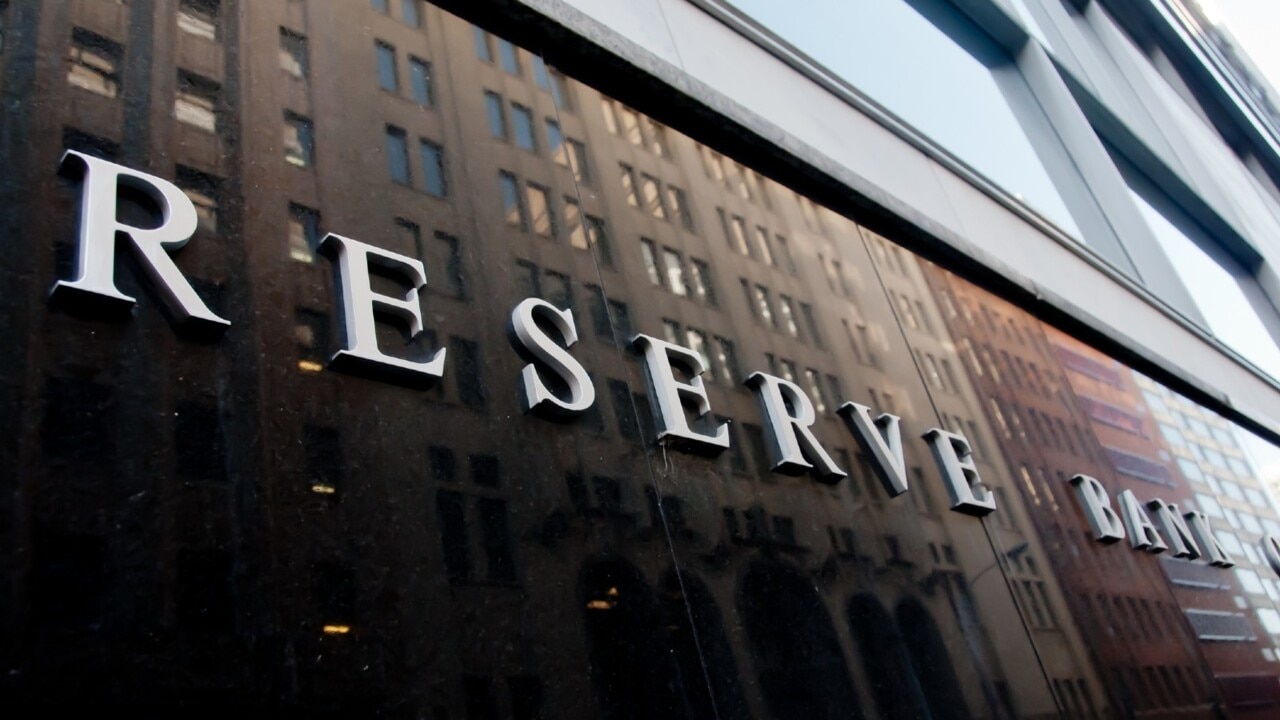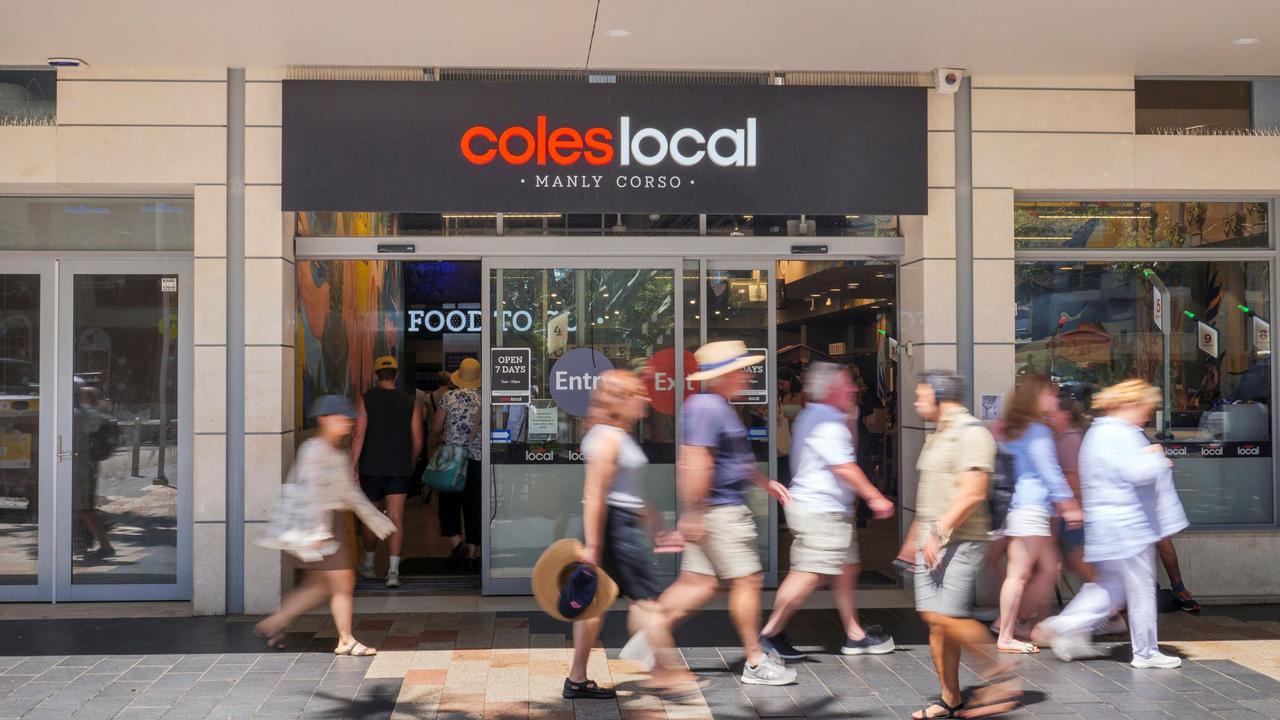Temple & Webster scales back expansion to take on Bunnings after profit slump
The online furniture and furnishings retailer is a contender for one of the biggest losers of reporting season, shedding $165m in a day.

Online furniture and furnishings retailer Temple & Webster is a contender for one of the biggest losers from the reporting season after pulling back its plans to take on hardware giant Bunnings following a slump in profitability, which triggered a 27 per cent share crash.
Investors also looked to have taken flight from the once market darling of the online retail sector after it revealed sales had dipped in January, providing further evidence that consumers are growing increasingly cautious when it comes to making purchase decisions in the wake of tightening interest rates and a slowing economy.
Temple & Webster did hold out hope of improving earnings for its online furniture and homewares platform, as it pointed to profitable growth in the second quarter as it trimmed costs and pushed through a number of initiatives to bolster earnings margins.
But the twin news flowing from the release of its interim results of a decision to savagely cut back investment by 40 per cent on its hardware and home improvement site The Build that was to compete with Bunnings as well as the sharp slide in profits for the December half sent its shares into a tailspin.
The group’s The Build start-up site was to be an online assault on the $26bn hardware and home improvement sectors and form a new engine of growth for the furniture retailer, but an initial plan to spend $10m on its rollout will now be wound back to a $6m investment.
Temple & Webster shares – which during the peak of the shopping frenzy in the early pandemic years traded well above $13 – crashed 27 per cent to $3.62 on Tuesday. It was the biggest loser on the All Ordinaries. The stock is down 53 per cent in the last 12 months.
On Tuesday, Temple & Webster reported that its interim sales fell 12 per cent to $207.1m and net profit slumped nearly 47 per cent to $3.9m. In keeping with its long-running policy, no dividend was declared.
Analysts said the earnings performance was ahead of market expectations, but there were concerns about the fact active customers on Temple & Webster fell 11 per cent to 840,000 while sales in the first five weeks of the second half were down 7 per cent.
“Given the current economic uncertainty, Temple & Webster is focusing on margin optimisation and cost management programs, prioritising profitability over growth,” said RBC Capital Markets analyst Wei-Weng Chen.
Temple & Webster chief executive Mark Coulter said in the current economic settings, marked by rising interest rates and pressures on household budgets, shoppers were looking for value but still willing to spend on what they saw as important for their homes.
“Definitely you can see the customers looking for value, but they are still buying furniture and items which we consider less discretionary. So items like bedroom furniture and so forth are outperforming, so customers are still buying, but they are looking for value and so our more entry level pricing products do much better,” he said.
The online retailer is still targeting low single digit pre-tax earnings growth for the full year.

Mr Coulter said it remained committed to its profitable growth strategy and would continue its focus on margin optimisation and cost management to ensure it ended the year within its 3 per cent to 5 per cent EBITDA range.
“We believe our business model, customer metrics, brand and new growth horizons position us well to navigate any trading conditions and return to a high growth business,” Mr Coulter said.
He pointed to the performance in the second quarter, where Temple & Webster ended in a stronger position.
“I think our second quarter results … show that we have been able to increase our bottom line even with a revenue headwind and even though revenue was down for the quarter we still improved our bottom line and that was through better margins and tighter control of the cost base.”
Temple & Webster has decided to bin its ambitious plans to take on Bunnings in the hardware and home improvement sector after less than a year and will slash its investment in its hardware start-up The Build.
The Build was launched in May with an initial range of more than 20,000 products across 39 categories including bathroom fixtures, kitchen fixtures, curtains and wallpaper, with the tantalising promise to take on behemoth Bunnings at its own game.
At the time of the launch, Temple & Webster described the category as promising and a natural extension for the Temple & Webster business.
But now has changed its tune, describing the hardware and home improvement sector as a “nascent” opportunity.
Temple & Webster did not disclose sales and earnings figures for The Build platform.




To join the conversation, please log in. Don't have an account? Register
Join the conversation, you are commenting as Logout